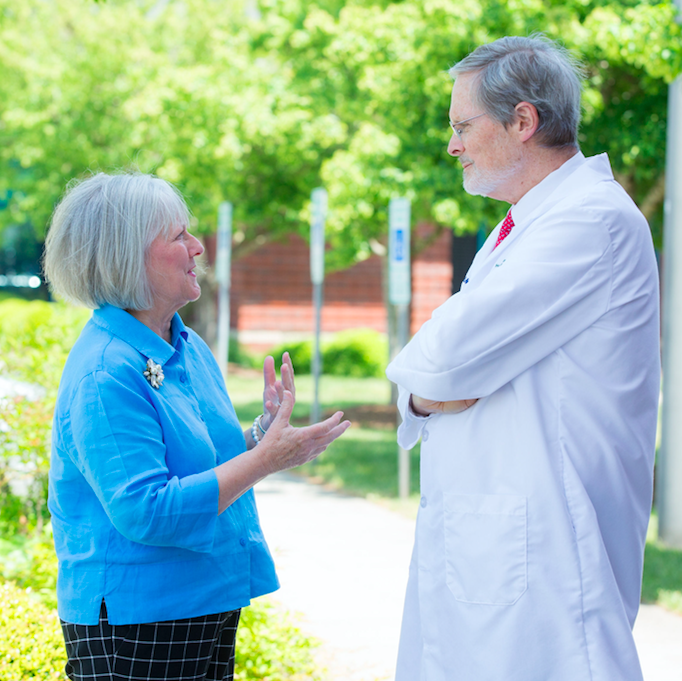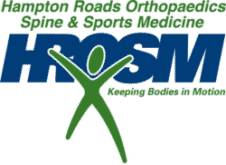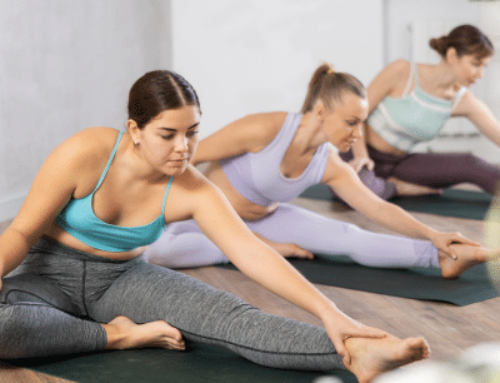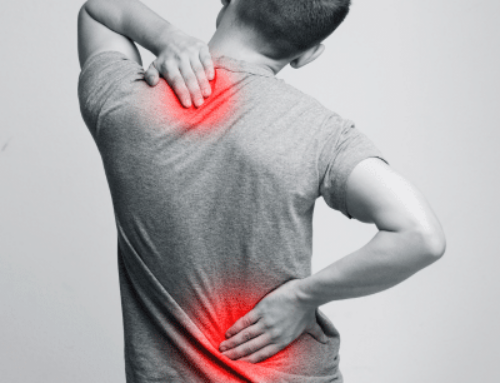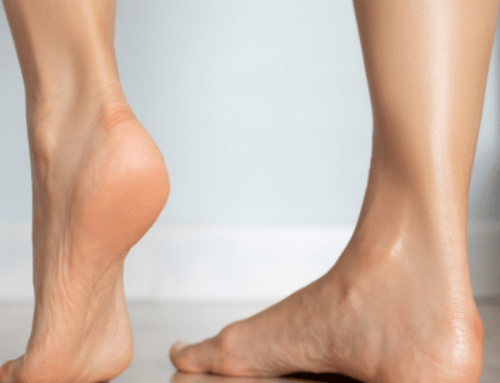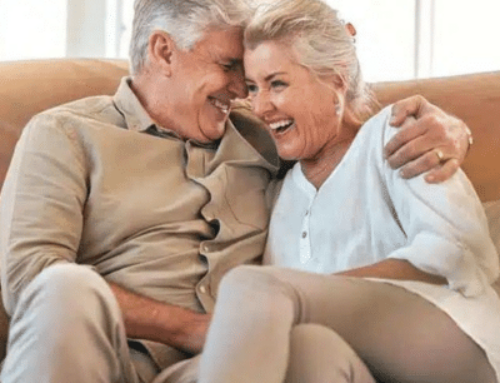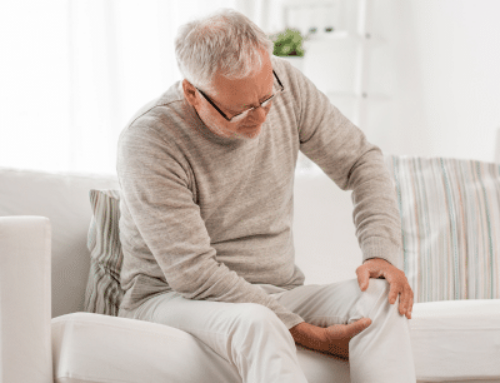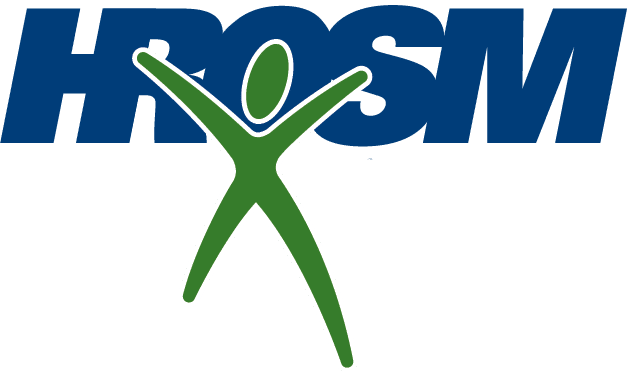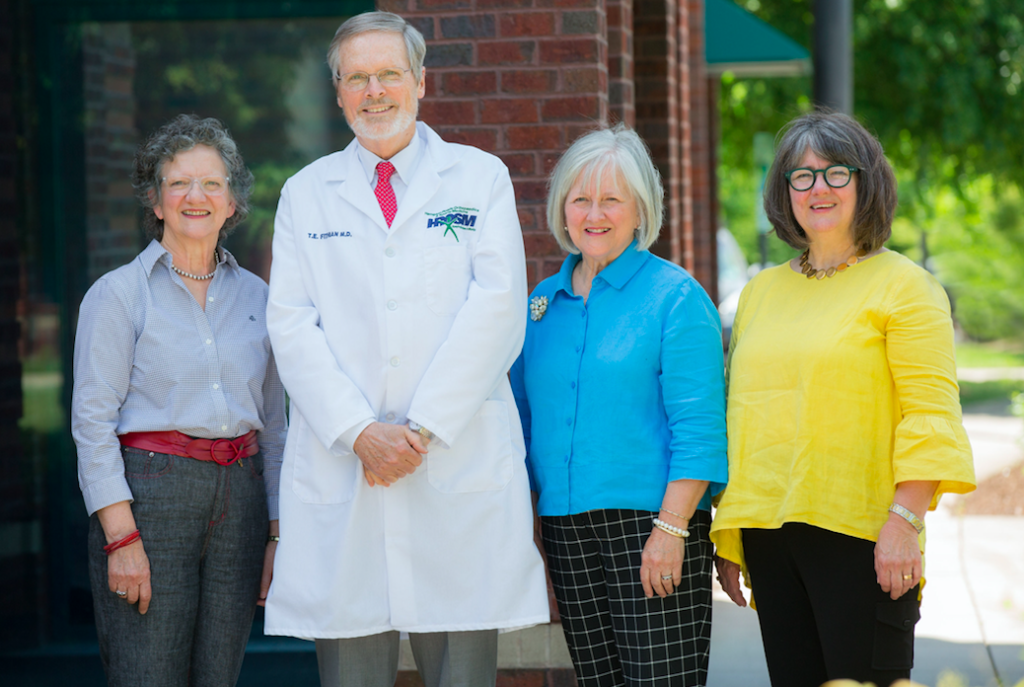 Sisters Brenda Gunn, Joy Wynings and Kaye Kaminski have always been close, from their childhood in North Carolina to their current days in Carrollton. Brenda has lived with Joy for the past three years, since she moved to Virginia to help with end-of-life care for their parents, while Joy and Kaye ran an interior design business together for 22 years.
Sisters Brenda Gunn, Joy Wynings and Kaye Kaminski have always been close, from their childhood in North Carolina to their current days in Carrollton. Brenda has lived with Joy for the past three years, since she moved to Virginia to help with end-of-life care for their parents, while Joy and Kaye ran an interior design business together for 22 years.
The three women share many traits, including a deep faith and love of family and motherhood, service to others and cooking. They also share a shoulder anatomy that makes their rotator cuff tendons susceptible to tears.
So, in 2019, the sisters added another item to their list of commonalities: a shoulder surgeon.
Between January and March, Gunn, 71, Wynings, 67, and Kaminski, 66, all had their rotator cuffs repaired by Thomas E. Fithian, MD, a fellowship-trained shoulder specialist with Hampton Roads Orthopaedics Spine & Sports Medicine.
“We’ve done life together, which is beautiful,” Kaminski says. “Why should we not do this together too? It’s been a blessing to be able to share our stories, advice and encouragement and to inspire each other, and we’ve all had such positive experiences with Dr. Fithian.”
Dr. Fithian, a surgeon at HROSM since 1984, actually also operated on the trio’s late mother, Eunice Campbell, back in 2007. Campbell was 80 when she had her rotator cuff repaired. “It’s been pretty remarkable for me, especially working on three sisters in such a limited time period,” Dr. Fithian says. “‘The Campbell Girls’, as I call them, are all really nice, fun people, as well as exemplary patients. It’s been a pleasure to be able to help them.”
The siblings have a similar bone structure, including a curved acromion, a bony projection on the shoulder blade that can be curved, flat or hooked. A curvature tends to pinch the rotator cuff against the greater tuberosity, a prominence of bone on the upper arm, causing wear-and-tear damage to the rotator cuff over time, Dr. Fithian explains.
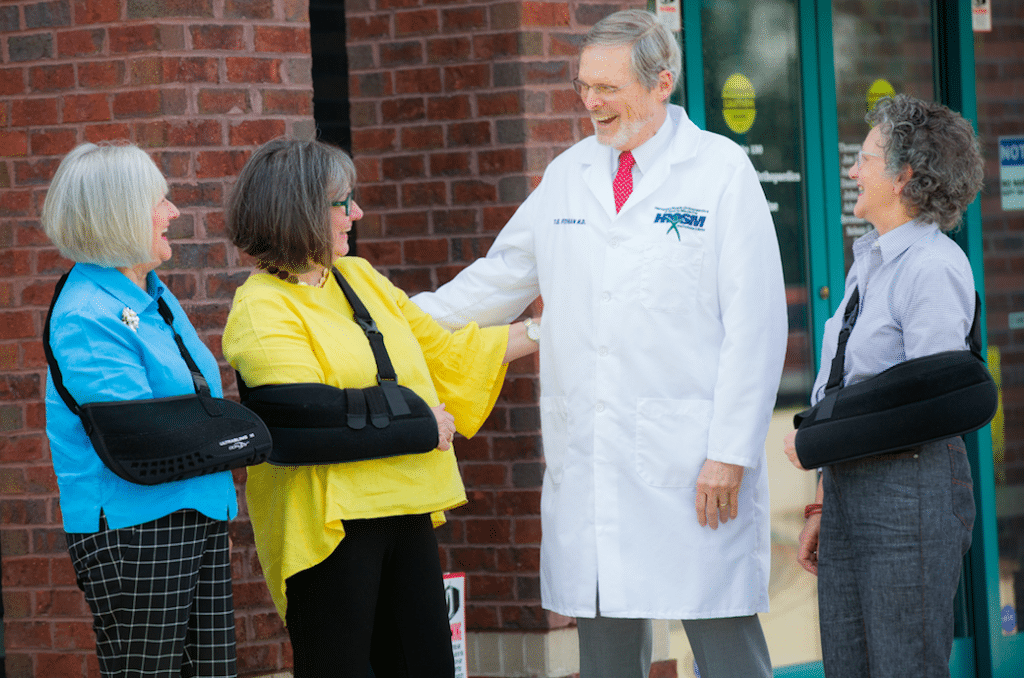
During each surgery, Dr. Fithian both repaired tears and shaved down the acromion to flatten it and guard against future pain and injuries. Wynings also had a small tear in her labrum, or cartilage at the shoulder socket, while Kaminski and Gunn had bicep tendon problems. In the two latter cases, Dr. Fithian’s post-surgery sketches for dictation purposes were virtually identical.
Not surprisingly, the sisters experienced similar symptoms before turning to HROSM. They had trouble sleeping at night due to shoulder pain and increasingly had to limit activities that required lifting their arms upward or outward, such as putting dishes away, reaching groceries, vacuuming, riding a bike or using a hairdryer.
Kaminski, the former co-owner and interior designer for a business called Sisters Unique, and her right shoulder went under the knife first, on Jan. 15. Gunn, a retired medical office worker, and her left shoulder followed exactly a week later. On March 5, Wynings, the co-owner and retail-side chief at Sisters Unique, had her right shoulder repaired.
Since then, the sisters have regained range of motion and strength during weeks of physical therapy. Along with hard work and support for each other, they credit Dr. Fithian’s compassion and guidance for their recoveries.
“He takes so much time with each one of his patients,” Wynings notes. “It’s obvious how much he cares, and that he wants the best possible results. Shoulder surgery is a long and sometimes difficult process, so having that personal connection with your doctor really helps.”
Dr. Fithian’s concentration on shoulders, which now account for more than 90 percent of his cases, also gave them confidence, Gunn adds: “I hoped this surgery would make an incredible difference in my life, and it has. My pain is gone, and I can do so much more than before.”
Dr. Fithian might never get to the fourth sibling in the family, a younger brother who lives in Texas. But he will always have three grateful sisters on his patient roll – caring Brenda, social Joy and calm Kaye, as they describe each other – who certainly would return to HROSM if they have any future joint issues.
“My sisters are such a huge part of my life, and it’s amazing how much one doctor has helped all of us,” Kaminski says. “Because of him, we went into surgery actually feeling excited, because we knew he would get us back to where we wanted to be.”
